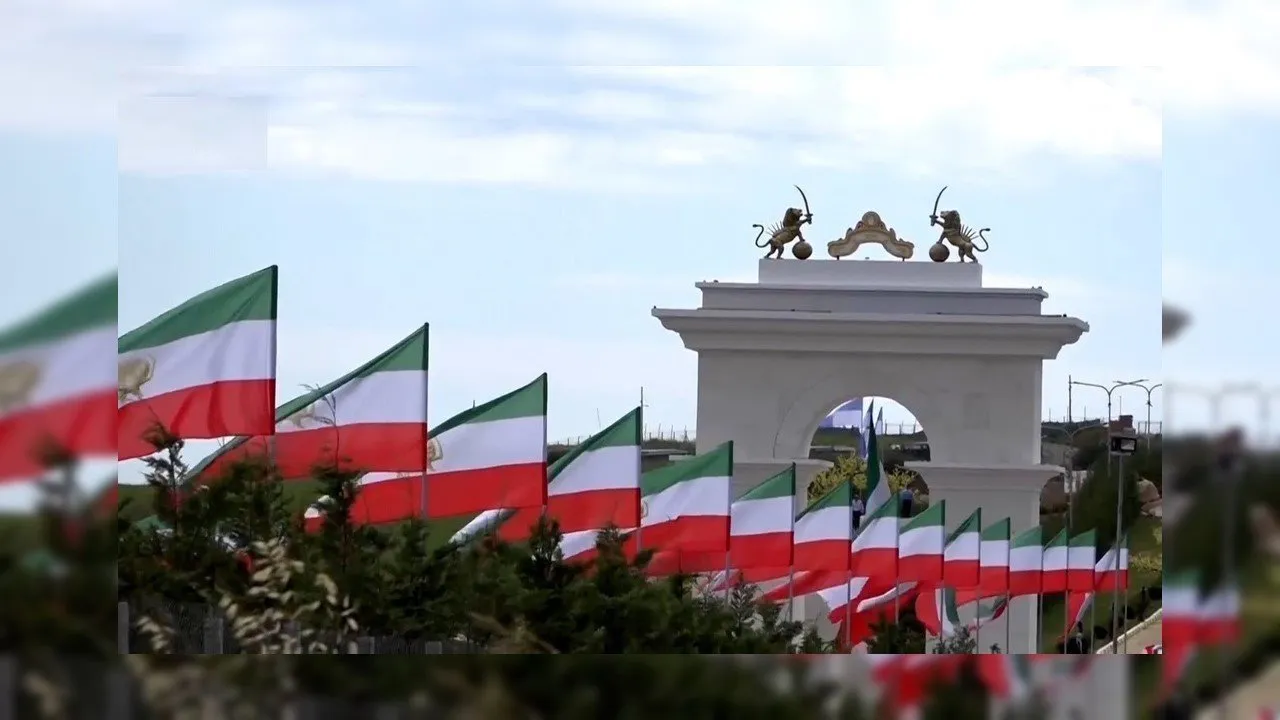
Ruhollah Khomeini, Khamenei’s predecessor, began his campaign to dismantle the People’s Mojahedin of Iran (PMOI/MEK) in 1988 by issuing a fatwa that called for its members to be summarily executed because they were guilty of “enmity against God.” As a result, 30,000 political prisoners were executed over the course of three months, and the regime began peddling the narrative that support for the MEK was virtually non-existent and that the MEK was a fringe group made up mostly of exiles.
The MEK was even designated as a terrorist organization in Europe and the United States for a time before legal challenges revealed that there was no evidence of any criminal activity associated with the group, whose false designation was the result of back-channel dealings and favor-trading with Iranian authorities.
Long before its formal delisting, the MEK had been gaining support from lawmakers, scholars, and foreign policy experts all over the world. Those supporters have sought to chip away at the regime’s propaganda and promote international understanding of what Khamenei would eventually respond to in January 2018: the MEK’s status as the greatest single challenge to the mullahs’ hold on power, as well as the greatest hope for popular sovereignty and the rule of law in the Iran of the future.
Since Khamenei betrayed his own propaganda, the regime has worked hard to reclaim its talking points and promote its negative impact on Western nations’ foreign policy.
The Iranian Resistance planned to hold a large rally in support of regime change on July 23 at the MEK’s Ashraf 3 compound in Albania. The event was postponed indefinitely after Albanian authorities revealed credible terrorist threats against the compound, which houses approximately 3,000 MEK members. But it was also revealed that those authorities had been conducting a four-year investigation into Iranian networks tasked with spying on the MEK, laying the groundwork for future terrorist plots, and spreading the regime’s propaganda about the organization.
Has anyone ever heard article of a major Western publication be published by secret service of a totalitarian regime beforehand? #Spiegel provided article on #Iran opposition to MOIS 3 months ago & MOIS published it, attributing #Spiegel. Hook, line, and sinker. #Spiegel_FakeNews pic.twitter.com/wDtt4ztul1
— Shahin Gobadi (@gobadi) February 19, 2019
Around a week before the Free Iran World Summit, Albanian authorities executed search warrants on several properties associated with that network and interrogated 20 Iranian regime supporters. Among those people was Hassan Heyrani, who had previously been used as a source by several Western media outlets in defamatory reports, according to the MEK. Heyrani’s arrest effectively confirms that the statements he made against the MEK to those outlets were part of the Iranian regime’s influence campaign to demonize the MEK.
The fact that the network responsible for this disinformation campaign was also involved in imminent terrorist threats against Ashraf 3 and the MEK at the time it was disrupted is not a coincidence. Both phenomena reflect the Iranian regime’s long-standing fear of MEK influence in Iranian society and the Iranian diaspora. As a result, both phenomena have accelerated as the influence has become more visible and clearly effective in the midst of recurring national uprisings.
All of this serves to highlight Tehran’s growing backlash as evidence that the regime legitimately fears the MEK. This fear and its implications have long been acknowledged by many American and European policymakers.
 MEK Iran (follow us on Twitter and Facebook), Maryam Rajavi’s on her site, Twitter & Facebook, NCRI (Twitter & Facebook), and People’s Mojahedin Organization of Iran – MEK IRAN – YouTub
MEK Iran (follow us on Twitter and Facebook), Maryam Rajavi’s on her site, Twitter & Facebook, NCRI (Twitter & Facebook), and People’s Mojahedin Organization of Iran – MEK IRAN – YouTub







